
Lately, crowds are everywhere. Or rather, crowdsourcing is everywhere — a notion and a process that’s increasingly heralded as a way to address societal ills and cultural threats ranging from traffic jams to terrorism. James Surowiecki’s 2005 bestseller, The Wisdom of Crowds, brought the discussion of crowds and their behavior into the mainstream in an utterly new and (for the uninitiated) approachable way, while “democratic journalism” sites like Reddit and Newsvine employ crowds, i.e., site users, to cull and distribute what the crowd deems relevant information to millions of people around the Web and around the world, instantaneously.
Despite the star power now enjoyed by the many, though, the idea of what a crowd looks like remains both fluid, and contradictory. Is a crowd a mob? An audience? A rally? A “sample population”? All of those things? None of those things? And more critically, when does a crowd cease to be a collection of individuals, and morph into something more (or something less)?
Photographer Lisa Larsen cut gently and firmly through all of those questions by somehow finding a way to make pictures of crowds that both captured the energy of multitudes (and smaller gatherings) while making sure that individual faces weren’t lost in the mix. This gallery features some of her very best crowd photos.
Larsen herself was a remarkable individual — a German-born prodigy, of sorts, she moved to the States with her family in the 1930s, graduated from college when she was just 17, and went on to photograph for publications as diverse as Glamour, the New York Times Magazine, Vogue and, of course, LIFE. When she died in 1959 at the age of 34, of breast cancer, LIFE eulogized Larsen this way:
Lisa Larsen liked people. And because, while being thoroughly professional, she was a very attractive person the people she photographed came to like her too…. In Russia in 1956, Khrushchev developed such admiration for her and her indefatigable work habits that he gave her a bouquet of peonies. Later she inspired an aside from Khrushchev during one of his cocky anti-Western speeches. “Don’t misunderstand me, ” he said, eying her in the audience. “There is an American girl standing in front of me. Americans are good people.”
Last week Lisa Larsen died. In 10 years with LIFE she had made a brilliant name for herself and won a shelf full of photographic awards. [Magazine Photographer of the Year in 1953 and ’58; Overseas Press Club award for her work in Mongolia and in Poland; etc. — Ed.’s note] Her colleagues on LIFE — photographers, reporters, writers, editors — share the never-flagging interest she had in people. They will try to fill the gap, but they will sadly miss her vivacity and warmth.
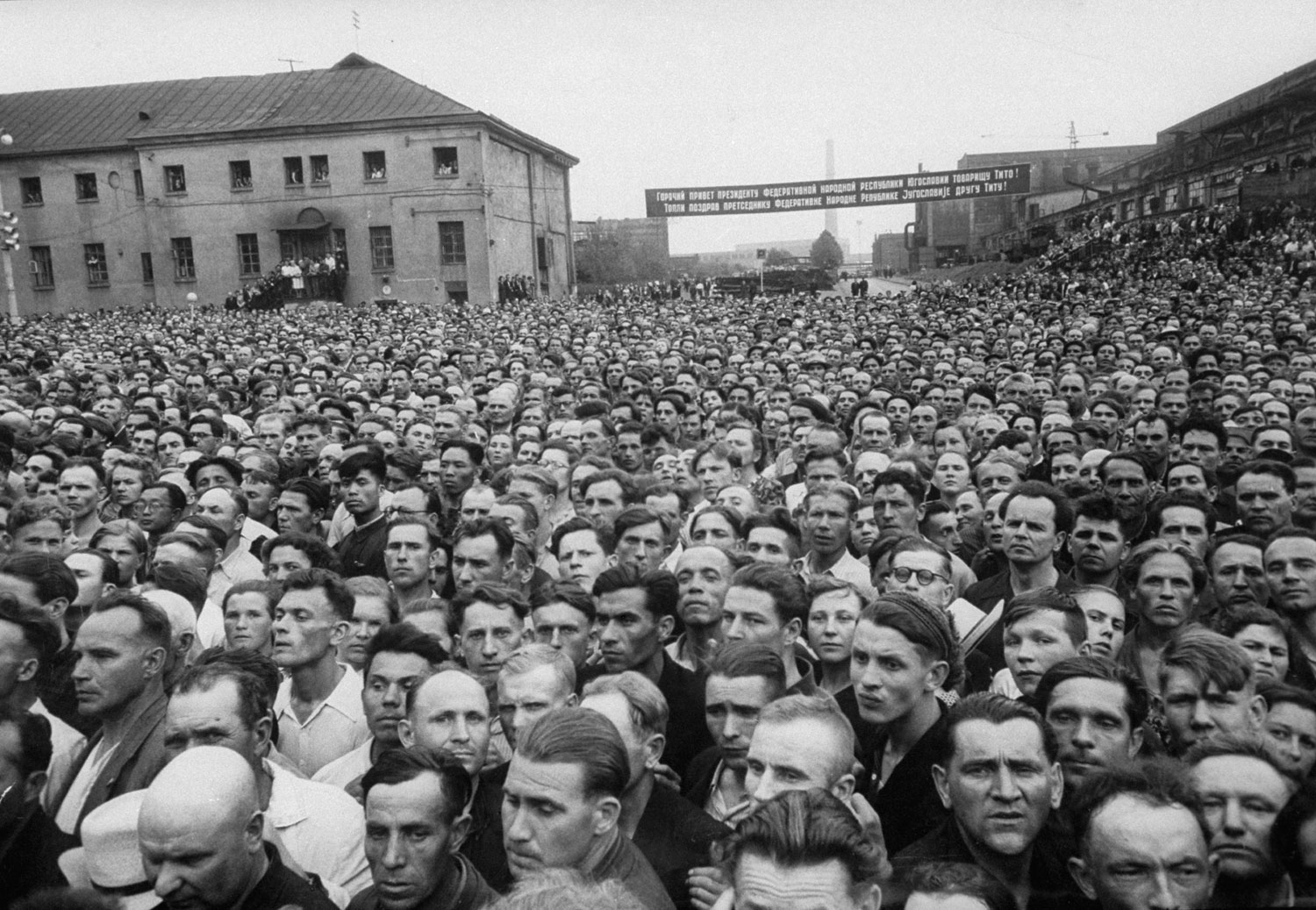




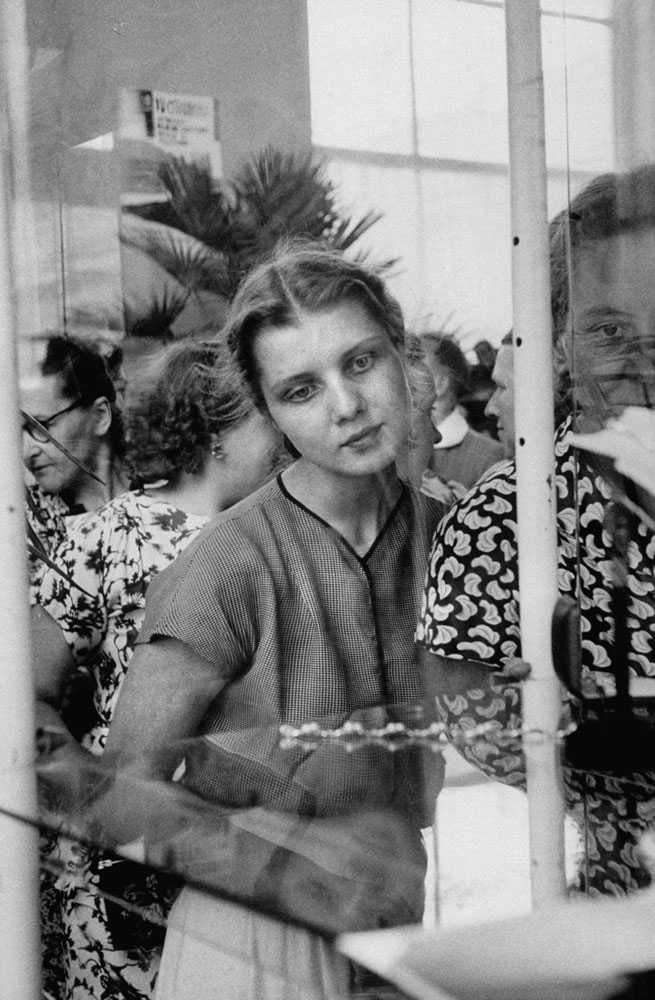
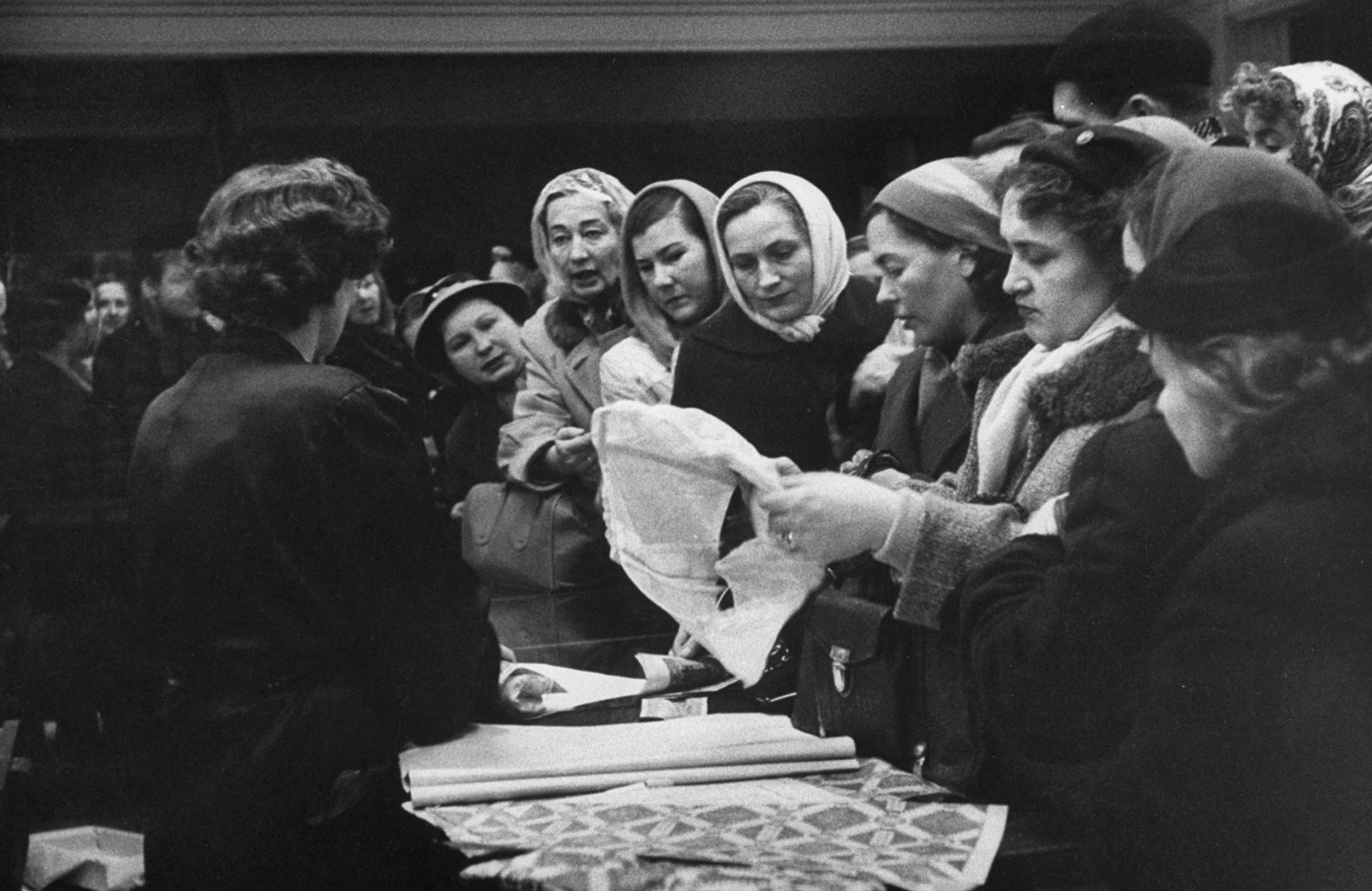

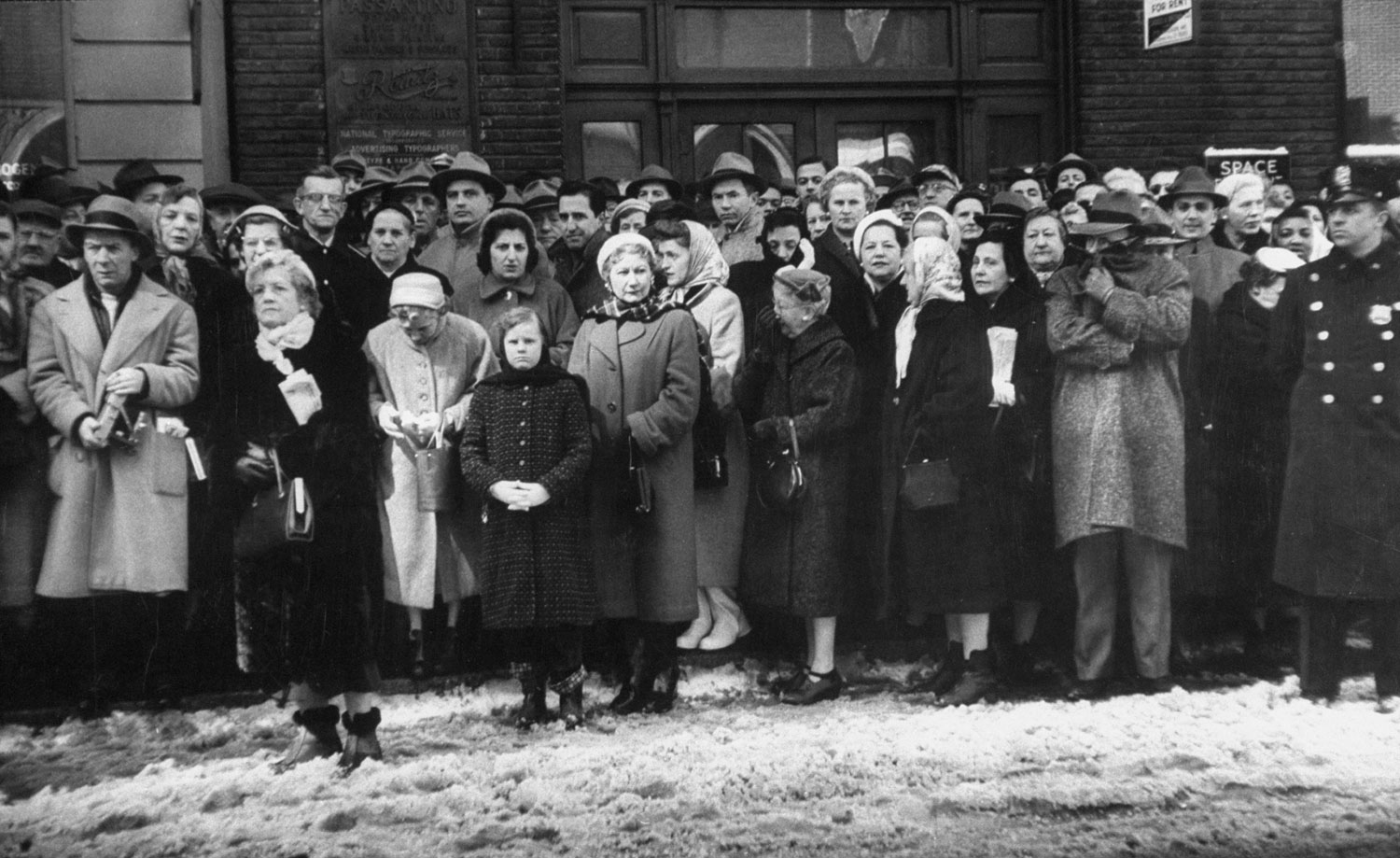
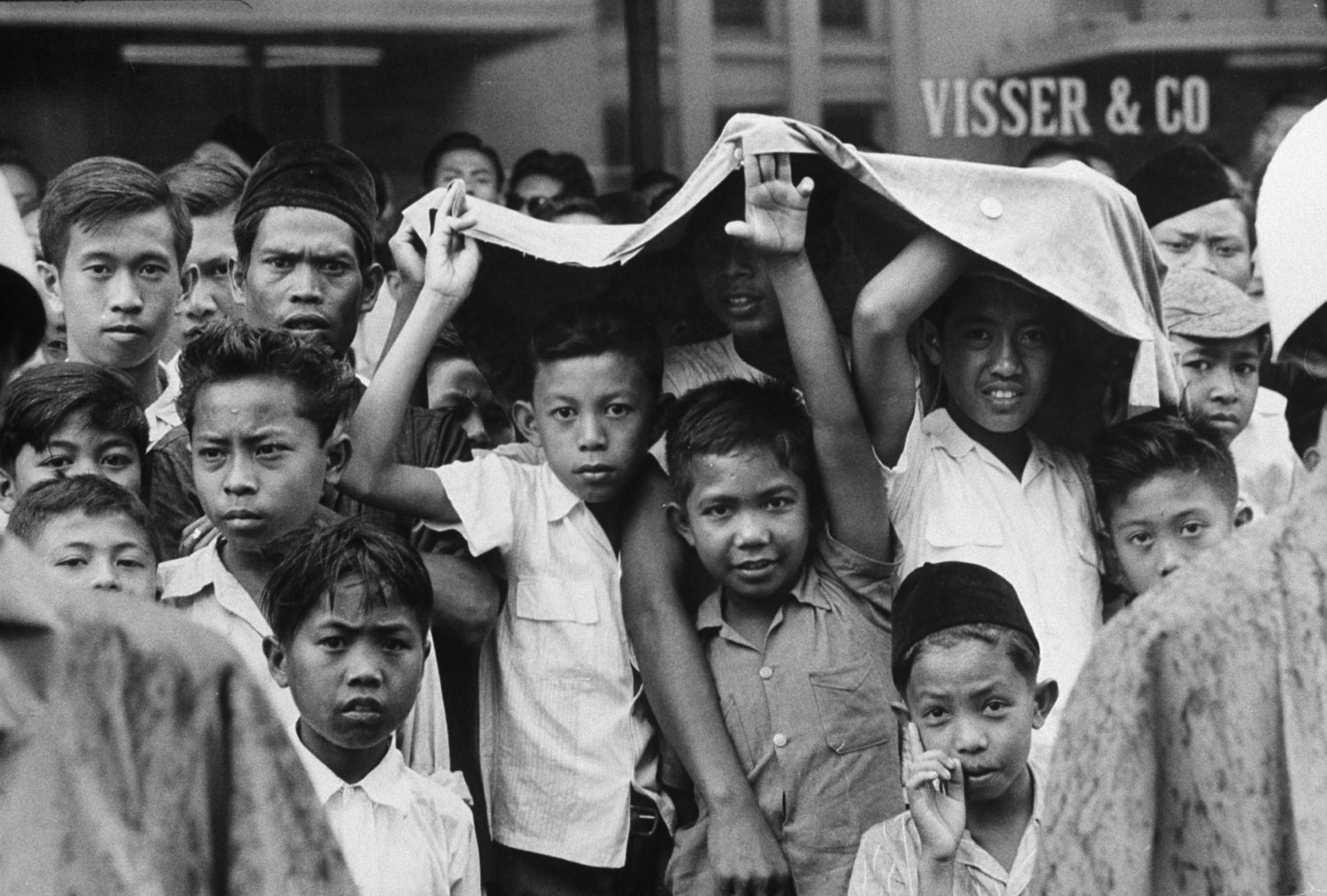

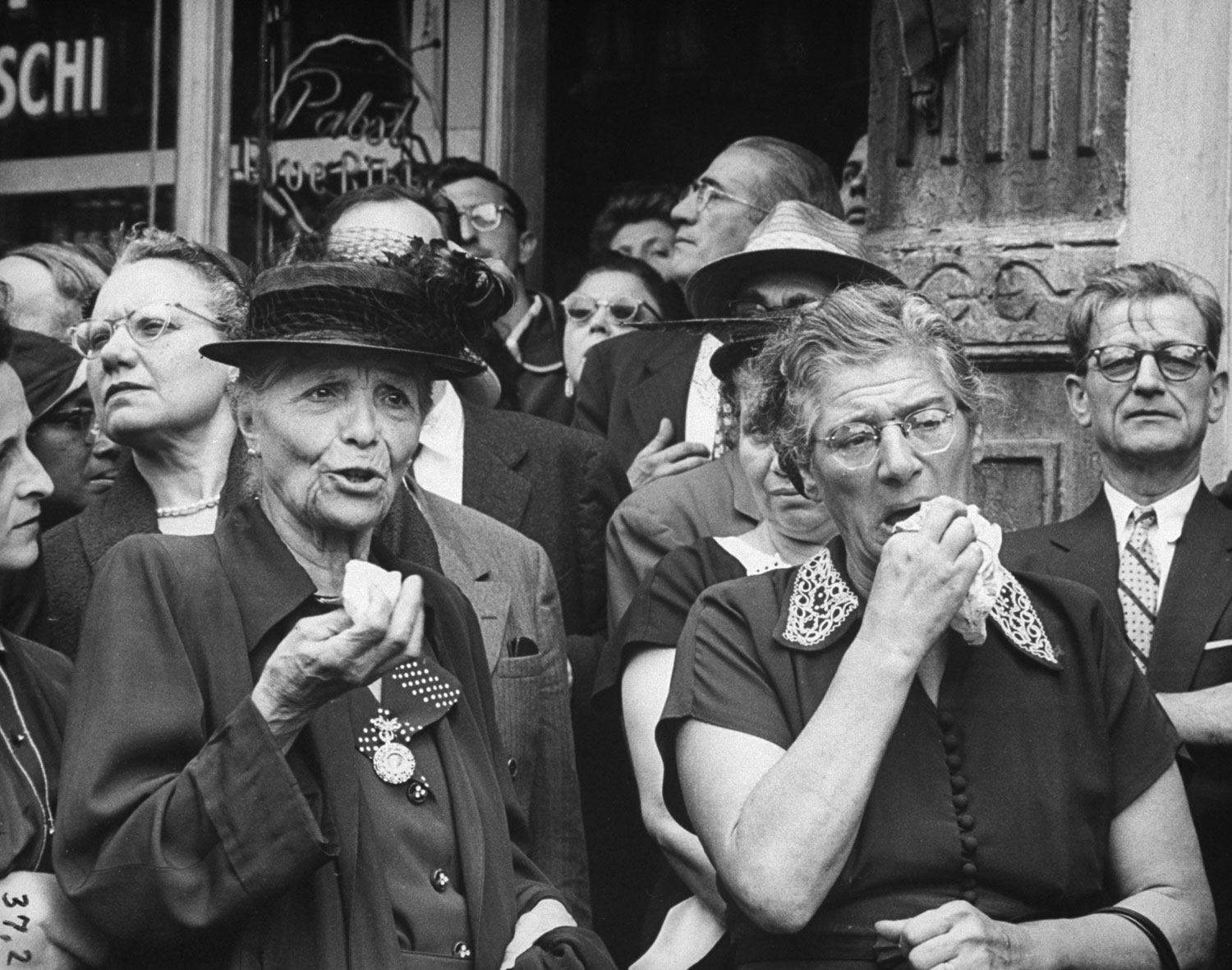


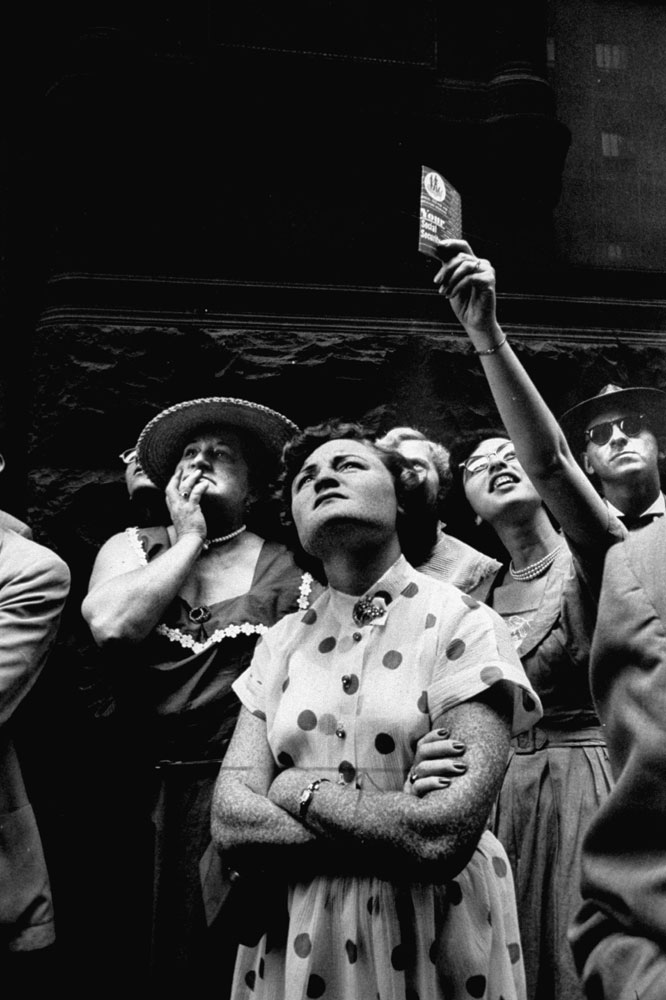
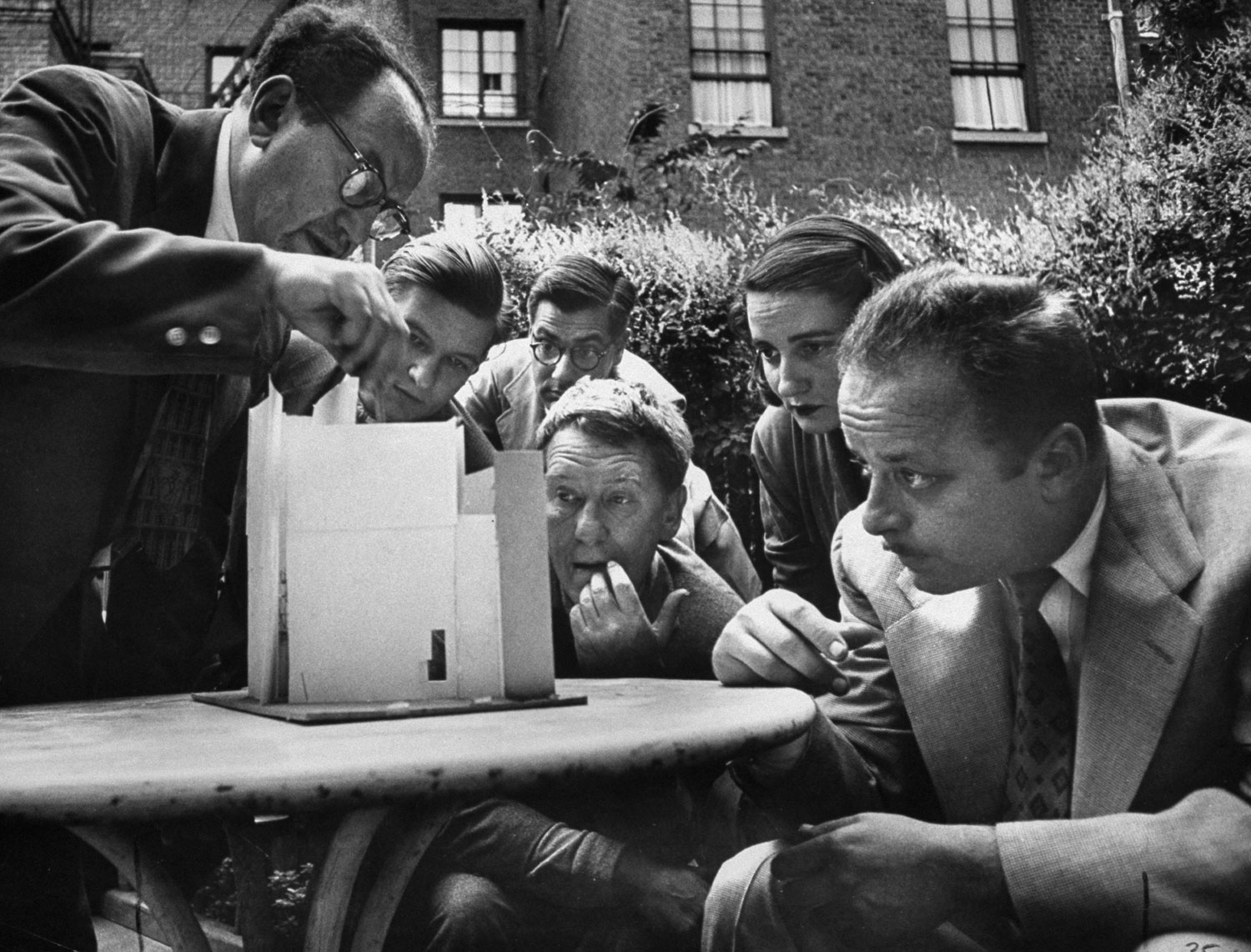
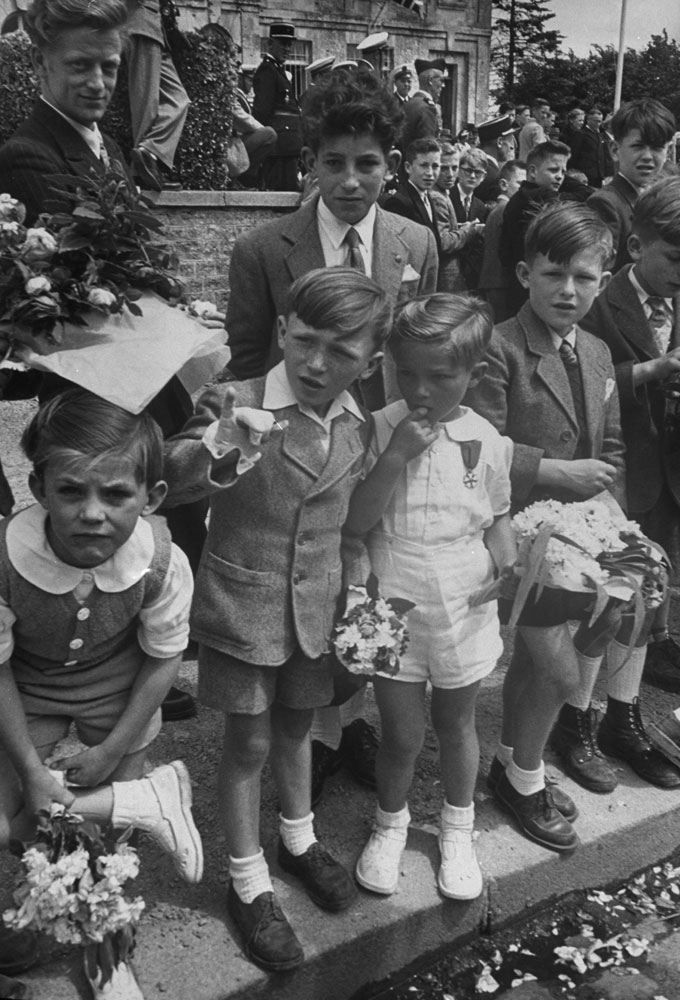
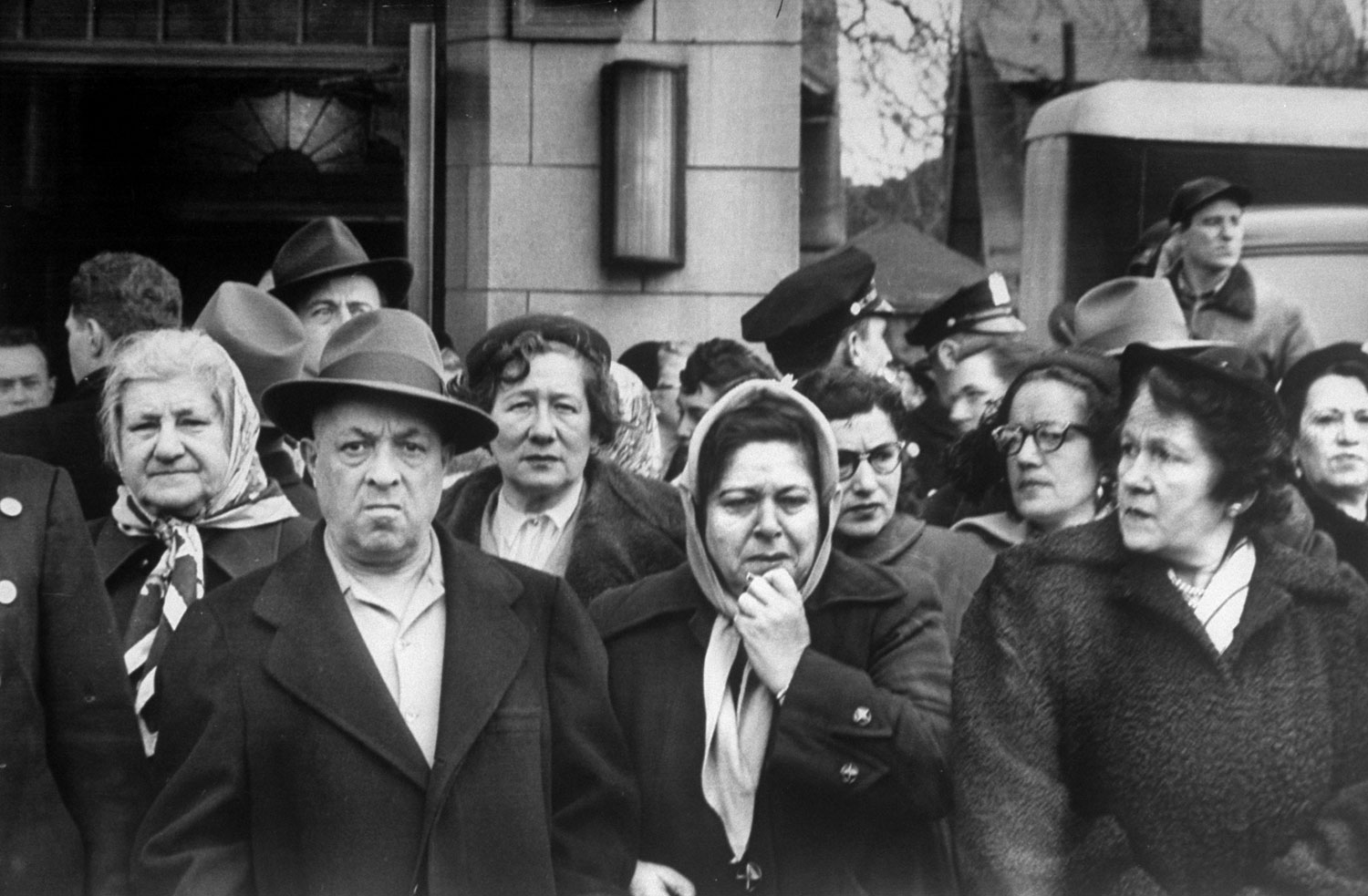

More Must-Reads from TIME
- Donald Trump Is TIME's 2024 Person of the Year
- Why We Chose Trump as Person of the Year
- Is Intermittent Fasting Good or Bad for You?
- The 100 Must-Read Books of 2024
- The 20 Best Christmas TV Episodes
- Column: If Optimism Feels Ridiculous Now, Try Hope
- The Future of Climate Action Is Trade Policy
- Merle Bombardieri Is Helping People Make the Baby Decision
Contact us at letters@time.com